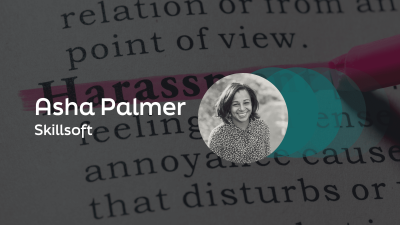
Improving access to redress for workers vulnerable to violence and harassment in South Asia
Experts discuss the factors that make some workers more vulnerable than others to violence and harassment.
This page is approximately a 4 minute read
This page was published on

A few months ago, Lloyd’s Register Foundation distributed a World Risk Poll report – Safe at Work? Global experiences of violence and harassment – which introduced new data on workers’ experiences of violence and harassment at work, including the main barriers that prevent people from talking about it.
Notably, the report shows that one in five people globally have experienced some form of violence or harassment at work, with psychological harassment being the most common form of abuse globally. Foreign-born workers are at higher risk of violence and harassment than their native-born counterparts, as are workers who are financially insecure. See a more in-depth report on the specific impacts of workplace harassment on migrant workers, ‘Focus On: The impact of income and migration on violence and harassment at work’.
Barriers preventing people from reporting this harassment include things like unclear procedures, not understanding what to do, believing that making a report would be a waste of time, and more.
I had the opportunity to discuss the findings in more detail with Dr Sarah Cumbers, Director of Evidence and Insight at Lloyd's Register Foundation. Dr Cumbers told me that violence and harassment at work is not “somebody else’s problem.” It will not go away if it is ignored. In fact, violence and harassment at work is a global, recurring issue. And if it happens once, it is likely to happen again and again.
Understanding how your employees are experiencing harassment is the first step to effectively addressing it. To that end, we can use the data from the World Risk Poll to take actionable steps to create safer, more inclusive workplaces.
Dr Cumbers shared the following suggestions to help organisations address harassment at work:
Creating a comprehensive compliance training program for your organisation is one of the most important ways to prevent workplace harassment. It effectively does the following:
Obviously, workplace harassment training requirements vary by country, and in some cases, by jurisdiction within a country. In the United States, for example, employers are required by federal law to provide a workplace free from discrimination and harassment. In addition, some states and cities have their own laws regarding harassment prevention training. Yet only 20% of US workers live in a state where workplace harassment training is mandatory.
In the United Kingdom, employers have a legal obligation under the Equality Act 2010 to prevent harassment and discrimination in the workplace. And while there is no specific legal requirement for harassment prevention training, the UK government's Advisory, Conciliation and Arbitration Service (ACAS) recommends that employers provide such training to their staff.
The European Union has adopted legislation that prohibits discrimination and harassment in the workplace, such as the EU Equality Directives. However, there is no EU-wide requirement for harassment prevention training, and each member state has its own laws and regulations.
In Australia, employers have a legal obligation under the Fair Work Act 2009 to provide a safe and healthy work environment, which includes preventing workplace harassment. Some states and territories have also enacted their own occupational health and safety laws that require employers to take steps to prevent and address workplace harassment. However, there is no federal or state legislation that specifically mandates harassment prevention training.
Regardless of legal requirements, it is a best practice for every organisation to provide its employees with regular, relevant, and empowering workplace harassment training – a crucial first step in creating a workplace culture that values diversity, promotes respect, and fosters inclusivity.